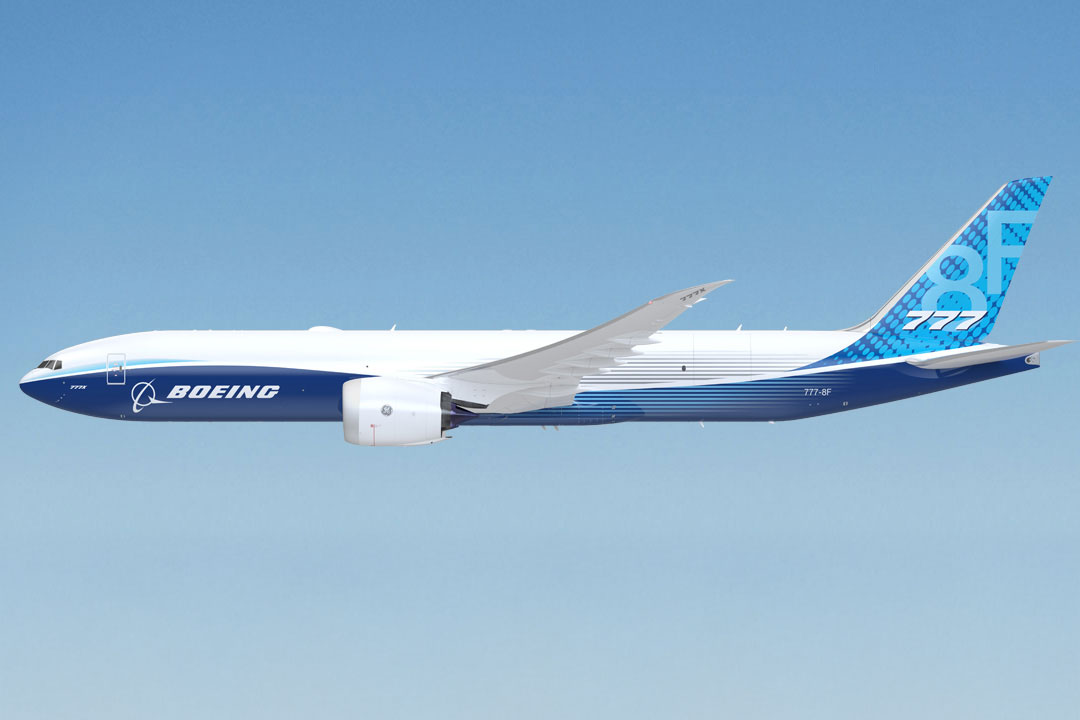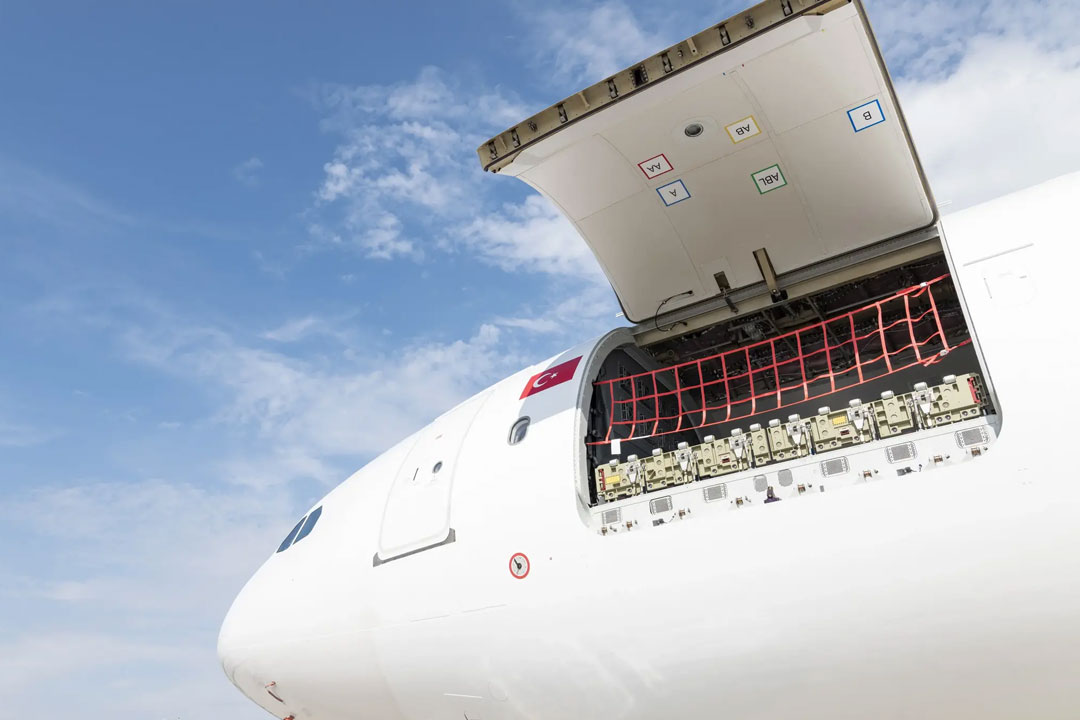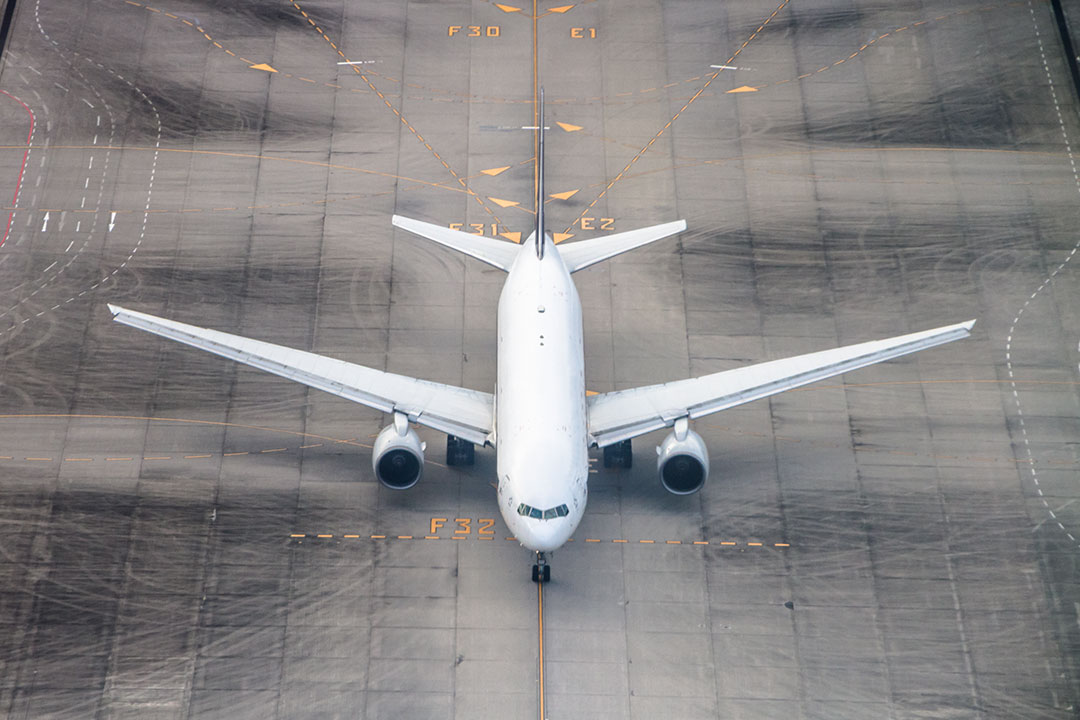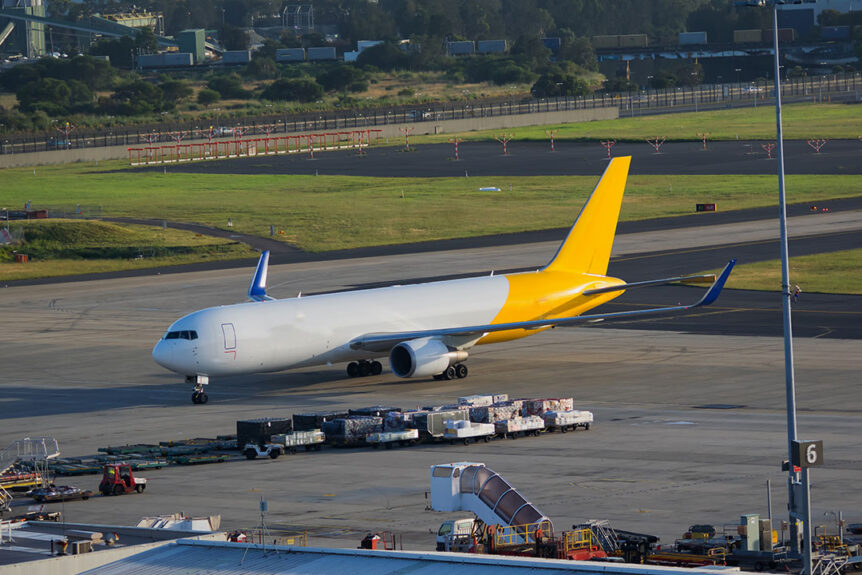Boeing 767 freighter replacement talks are heating up as emissions rules tighten and older planes near heavy maintenance. A U.S. congressional exemption lets Boeing keep making 767 freighters past 2028, easing near term pressure but highlighting that a new cargo aircraft generation is coming soon.
The 767’s Late Life Strength
The 767 300F and converted 767 300BCF still lead the mid sized freighter market due to reliable economics and sort friendly range. Boeing delivered its 100th 767 300 BCF to SF Airlines in early 2025, showing lasting demand. But rising upkeep costs and carbon concerns make a Boeing 767 freighter replacement unavoidable.
The Leading Successor: Boeing 777 8F

Boeing’s 777-8 Freighter | Photo: boeing.com
The top successor candidate is the Boeing 777 8F, derived from the 777X program. This jet provides more payload, better fuel efficiency, and commonality with current 777 fleets. Major assembly on the first 777 8F started in July 2025, with Qatar Airways as launch customer and more orders from Asian carriers. Growing backlog data from The STAT Trade Times shows almost 60 firm orders so far.
Why 777 8F Fits Cargo Networks
- Higher payload and range let operators combine flights on busy trunk routes.
- Modern GE9X engines lower fuel use and CO₂ emissions compared to the 767 family.
- Fleet commonality with 777 passenger and 777F models cuts training expenses.
For express carriers using 767 length sectors, the 777 8F allows upgauging while keeping overnight sort windows.
Other Aircraft Under Consideration

Main deck cargo door on a converted Airbus A330P2F | Photo: elbeflugzeugwerke.com
A330 P2F and A330neo Conversions
Airbus’ A330 freighter family provides a practical bridge before new widebodies come. DHL Express and others have looked at A330neo freighters and 787 freighter options as post 767 solutions. The established A330 P2F program and ample used A330 supply make this a low cost interim path.
A350F Timing
The A350F aims at large capacity, long haul cargo markets with new generation efficiency. However, production delays have pushed its entry into service to 2027. This change means Boeing’s 777 8F will probably lead early replacement cycles.
Potential 787 Freighter Programs
Boeing is still studying a 787 freighter to complement or succeed the 767 class. Conversion and factory ideas are being explored at the Kansas Modification Center and discussed in industry circles. A composite structure 787F would reduce fuel use more, but no launch decision is final.
Transition Strategy for Cargo Operators

Boeing 767 taxiing at the Chicago Rockford International Airport
Replacing fleets based on the 767 is a multi year, multi type process. Carriers like Amerijet note that moving from an all 767 setup to mixed fleets brings cost and training challenges.
- Phased retirement of high cycle frames to manage capital spending.
- Bridging capacity with 767 BCF and A330 P2F programs during the 777 8F ramp up.
- Leverage exemptions allowing limited 767 production to prevent freight bottlenecks.
Five to Ten Year Outlook
From 2025 to 2030, most operators will keep flying 767s via conversions and life extension programs while adding the first 777 8Fs. By 2030 plus, 777 8Fs, A330 P2Fs, and early A350Fs should rule medium widebody cargo routes. Production delays could still cause short term supply gaps, but exemption extensions and conversion pipelines reduce risk.
In the end, the Boeing 767 freighter replacement story mirrors a wider industry shift toward lower emission, high efficiency cargo aircraft. As 777 8F deliveries grow and A350F output steadies, the mid sized cargo segment will see its biggest modernization since the 767 first flew in 1982.

